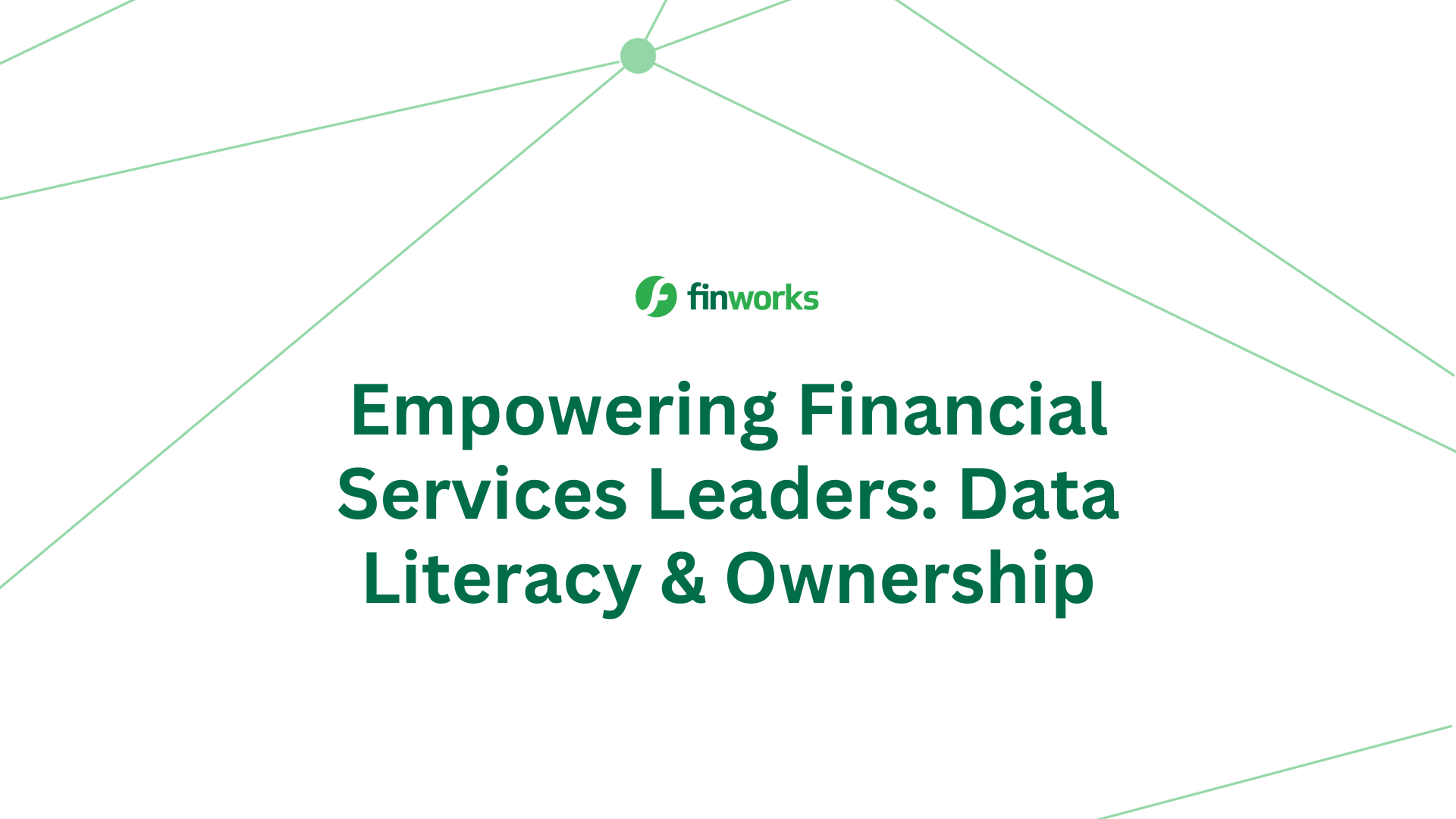Workflow, what is it and what are the benefits?
Workflow is defined as the sequence of tasks and processes that work passes from initiation to completion. Data about tasks is an essential component of understanding processes. This is true for private companies and public institutions. Organisations need a way to track the successful execution of core tasks essential to even the most complex process flows.
What are Workflow and Workflow Management?
Workflow management is the process of orchestrating operations, including internal and external processes according to Gartner. A workflow engine is a software application that defines workflow and manages business processes. A workflow engine or module, running within a workflow management platform, maps and tracks the implementation and execution of tasks and processes.
Workflow software includes workflow process automation functionality to automatically complete tasks or create notifications for task completion or interventions — from the beginning of a process to completion. This functionality is also commonly called digital process automation or a process automation system.
Each workflow is a series of steps that get repeated as needed to complete a business task, can include information flows across departments and can be monitored to provide a rich source of data. Access to the data about processes helps businesses to make tactical adjustments and monitor activity. Data also helps businesses make strategic decisions that underlie competitive advantage.
How Would You Use Workflow?
Imagine that you run a business unit and each day you must deal with vast amounts of data, allocate tasks to multiple teams and monitor all the activities in a workflow. It may take hundreds of small tasks to complete a process. How much time and money will it take to manage and monitor the completion of the tasks without automation? The ability to monitor the status of each process/task is crucial for effective business management for public and private sector organisations.
There are many examples of how workflow can be used. A good example is when organisations need to have records or documents go through creation, review and sign-off. This could be in a large organisation where all departments are highly dependent on each other to send an agreement to a customer. There could be many small steps that are necessary to complete the process. In this example, a back-office administrator creates a draft, their manager approves it, and then a lawyer verifies it and sends it on to the customer service manager to sign it. Only when all these steps are complete, can the agreement be sent to the customer.
Workflows route a series of tasks, moving from one step to the next between different teams of users. Based on predefined conditions, a workflow engine can define which tasks should be created, when and by whom. Workflows automate tasks and once set can decrease the time needed between tasks by guiding the process through the most efficient steps.
A workflow engine allows users to create the steps and the permissions needed to ensure that the record automatically goes through the workflow steps required to get approval. Additional loops can be included for further review or steps that allow records to be deleted. After each step, the workflow can notify relevant stakeholders of progress which can be compared to set metrics. Workflow engines are the backbone of automated processes. Business process managers employ workflow engine software as an essential tool for optimising legacy processes as part of business process management (BPM).

Workflow solutions are a path to digital transformation across industries. Use cases include the following:
- Government: Workflow engines enable you to route, track and enhance service user journeys and experiences.
- Industrial Design: Documents can be routed for completion, sign off and agreement between multiple departments and organisations.
- Legal Work: Workflow underlies case management systems that allow the creation, review, signoff and filing of legal documentation.
- Healthcare: Workflow systems can track and process health data. Healthcare professionals can also deploy medical services and confirm funding.
- E-commerce: Workflow engines enable you to configure and enhance the customer purchase and checkout experience.
What Are Essential Features in a Workflow Management Solution?
A workflow engine is designed as a group of microservices so that multiple processes can occur at once. A workflow engine converts traditionally manual tasks to human and software-managed processes that route and direct information flow, responsibilities, and collaboration channels for the most efficient use of resources. Low-code software is designed so that you can configure workflows with a visual user interface or visual designer. Workflow engines typically use APIs and web services which enables applications to interact in a digital ecosystem. APIs allow organisations to integrate a workflow solution with other cloud services and other platforms.
The best workflow engine solution will depend on your needs and existing software stack. Choosing the right platform will allow you to configure and adapt workflow to meet multiple business areas. So, the same platform can be used for different processes to give essential data and optimise the completion of tasks or outcomes. Bringing in the right software will create value in multiple business scenarios.
Essential Features Include:
- Configurable Design: A no-code or low-code workflow user interface (UI) allows non-technical users to set up business rules and custom workflow that includes the necessary groups and full permission profiles.
- Attribute Building Blocks: Attributes or fields make up the records that move through workflow. Having user-defined attributes allows records to contain the necessary data to move through the processes and gives the ability to have permissions start at these foundational elements.
- Flexible Record Creation: The platform allows the designing of records that match forms or documents in the manual processes through the attribute building blocks. The digital system also allows the auditing of all changes to the record and the uploading of attachments as it moves through the workflow.
- Notifications: Users can receive notifications when the workflow moves to the next step in the process. Automatic notifications can be set up to prevent blocks or when thresholds have been reached.
- Collaboration: Workflow can continue through multiple business units or encompass multiple organisations. The ability to accommodate distinct groups at various parts of the workflow facilitates further automation and collaboration.
- Easy Integration: The ability to integrate with other software solutions to take in data to start processes automatically, pull in essential data within the workflow and feed data downstream.
Benefits of digitising workflow
A workflow management platform benefits organisations by enabling them to meet mission-critical goals with optimised processes. A workflow platform allows teams to see processes in real-time, showing the current workload and highlighting any bottlenecks. All tasks are tracked and audited and shown in the audit trail, dashboards, and reporting. The structure and automation of the workflow management platform ensure compliance and business process automation (BPA), resulting in measurable time savings. The efficient processes lower risks and can result in significant cost savings.
Process Transparency
It is crucial that all the processes are clear for all members of the team. Adoption of a workflow engine enables employees to view all activities performed within a workflow. With workflow platforms, the workload is fully transparent.
Support higher-value work
The introduction of a workflow engine to an IT ecosystem empowers organisations to make better and quicker decisions. By digitising processes, tasks can be automated, and the time taken to execute is reduced. The use of a workflow platform allows employees to spend less time on routine tasks and have more time to dedicate to core activities. The solution frees up employees from time-consuming tasks to focus their talents on higher-value work and helps improves operations in every area of business.
Cost savings
If we take the adage “time is money” and think of it in terms of workflow, there is the opportunity to save costs by completing tasks in a shorter amount of time and more reliably so. Through a transparent workload which highlights bottlenecks, processes are made more efficient – saving time and money. By having a baseline measurement of the costs involved in a process, the cost savings that the repeatability and standardisation provided by a workflow management platform can be measured.
A workflow engine suits your process if your organisation:
- Has numerous documents or cases in circulation without the ability to monitor the status.
- Is not able to manage cases in a daily workflow.
- Wants to increase productivity by reducing time spent on staff coordination and management and instead uses it on higher value tasks.
- Wants to increase transparency and efficiency without losing adaptability and flexibility.
Across organisations, the most common benefits include:
- Solves communication breakdowns and creates improved collaboration.
- Shows real-time workload and highlights blocks to completing tasks.
- Supports compliance and risk reduction governance.
- Lowers costs by standardising task and data flow in a more efficient and consistent manner.
- Empowers employees to focus on higher-value work.
- Optimises data auditing, access, and monitoring.
Finworks Workflow Management Platform
Do you have the systems to automate workflows and manage your data?
A powerful, low-code workflow engine powers the Finworks Workflow Management Platform which is being used by private and public institutions to automate their business processes and create efficiencies throughout the organisation.
In our experience, the implementation of a workflow management platform results in the synchronisation of information flow with transparency of all the processes for employees and managers. This digital transformation generates higher productivity by allowing time to be spent on core activities and above cost and time savings. Our team is skilled at implementing mission-critical deployments.
To have a demonstration of our Workflow Platform contact us or email us at discover@finworks.com




